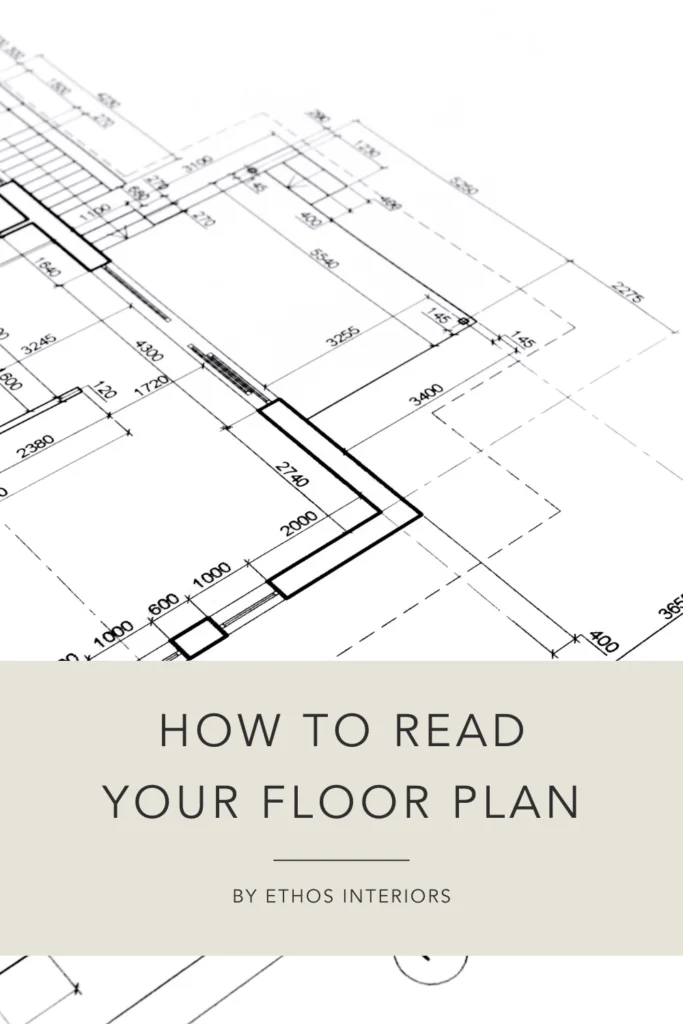Understanding window & door sizes
Are you planning on building or renovating a home but feeling a bit daunted by the prospect of reading floor plans? Don’t stress, it’s not as complicated as it seems. A floor plan is basically a bird’s eye view of a space, showing you the layout of the rooms, the placement of doors and windows, and where all the furniture and fixtures go.
In this post, we’ll break down the basics of how to reading a floor plans to understand your window and door sizes, so you can feel confident in your design choices.

Step 1: Understanding Scale
First things first, let’s talk about scale. This little detail is usually found in the corner of the plan and tells you how big the drawing is compared to the actual space. For example, if the scale is 1:100, that means every 1cm on the drawing equals 100cm in real life. Once you’ve got that down, you’re ready to start exploring the layout.

Step 2: Door Sizes
The walls of the rooms are represented by solid lines, while doors and windows are represented by a lighter colour. It’s important to pay attention to the size of the doors and windows, as this can affect how much natural light enters the room and the overall flow of the space. A doorway will have the width written on it, and typically a door is 2100mm (or technically 2040mm) tall. For example, you might see the notation 720 next to your door; this means the door is 720mm wide, and 2100mm tall.

Sliding doors will have a size, and often a series of “x” and “o” which shows you which parts of the door are open or fixed, and will also include an arrow showing the direction the door slides.

Step 3: Window sizes
For windows you will see a notation that indicates a size and the type of window. The first two numbers indicate the height, the second two the width of the window. A 1209GL means a 1200mm high, 900mm wide glass louvre. An 0618SW notation means the window is 600mm high by 1800mm long, and is an aluminium sliding window.

All in all, reading floor plans is not as complicated as it seems. By paying attention to the scale, layout, door and window sizes you’ll be able to get a good understanding of the overall design of a space. So, don’t be intimidated, just dive in and have fun with it!

